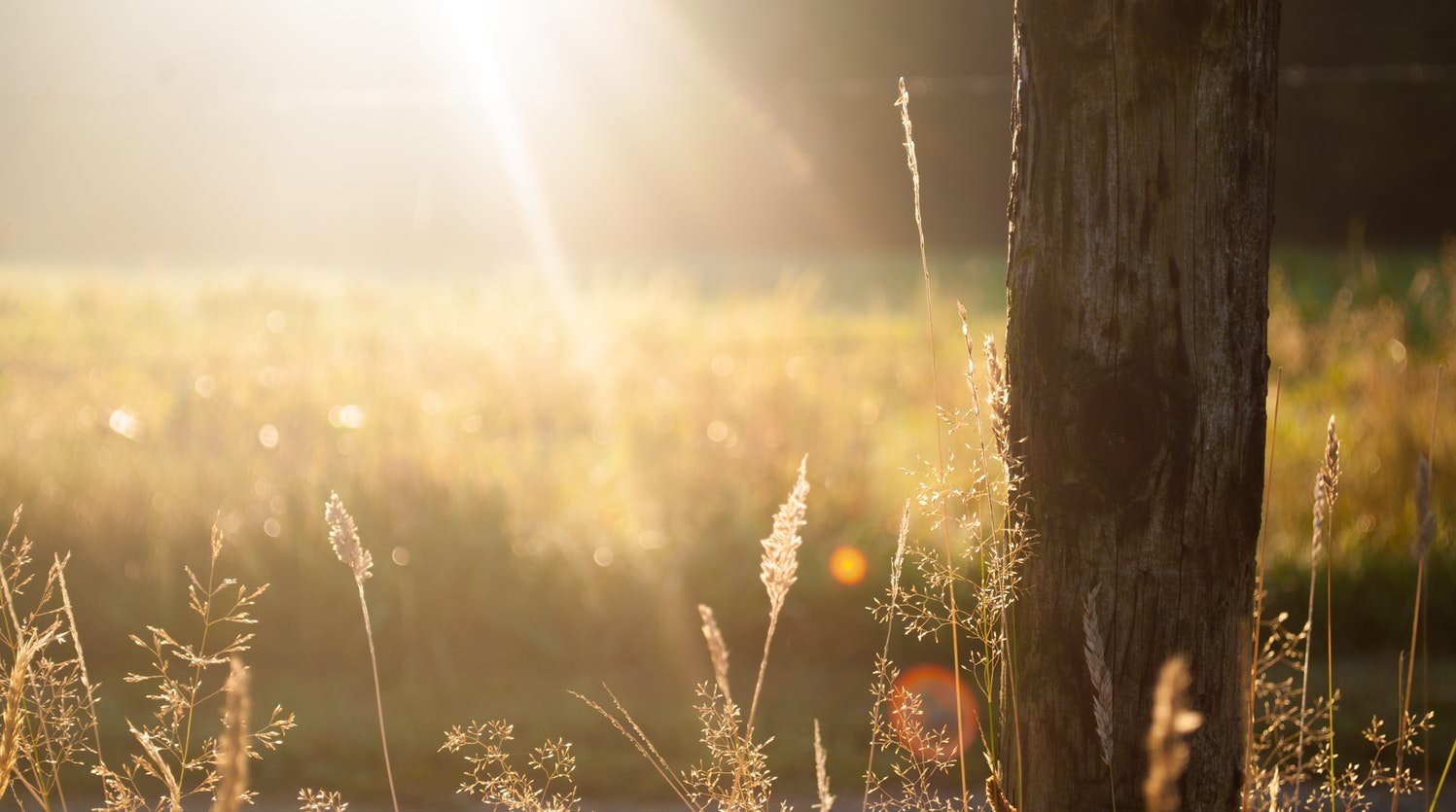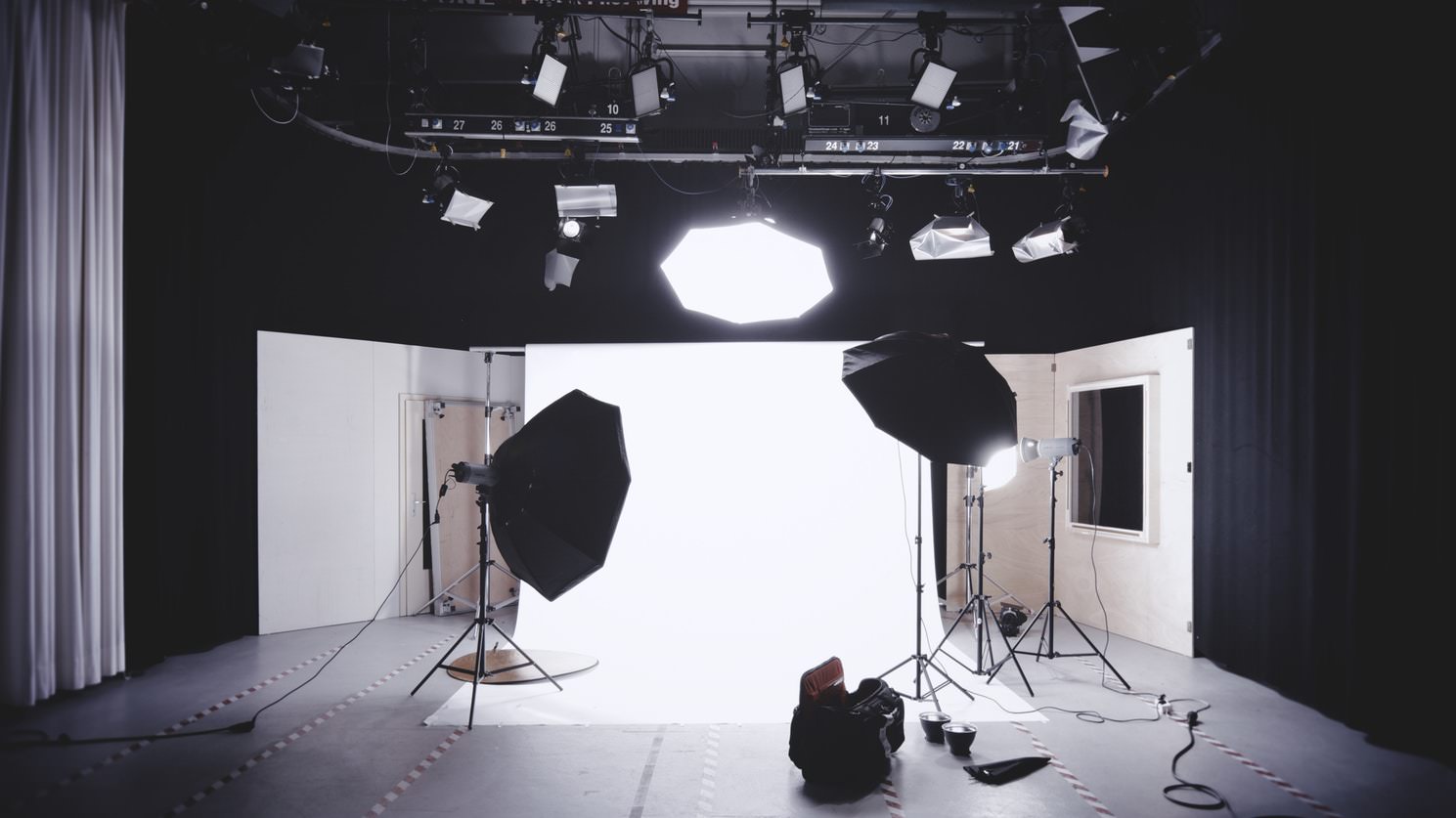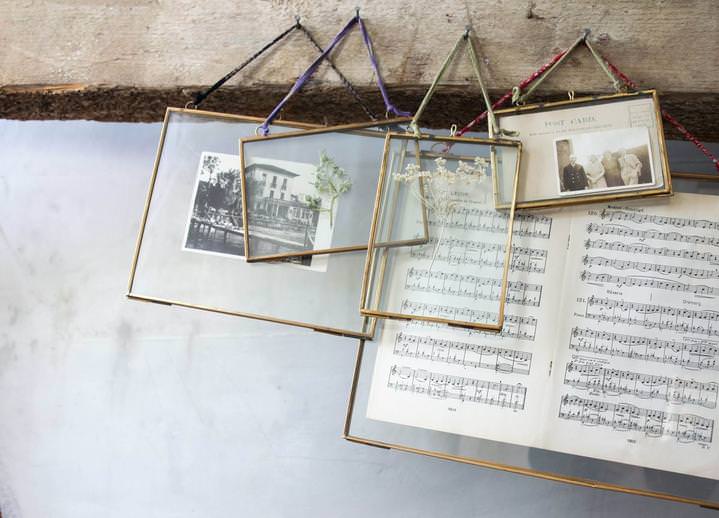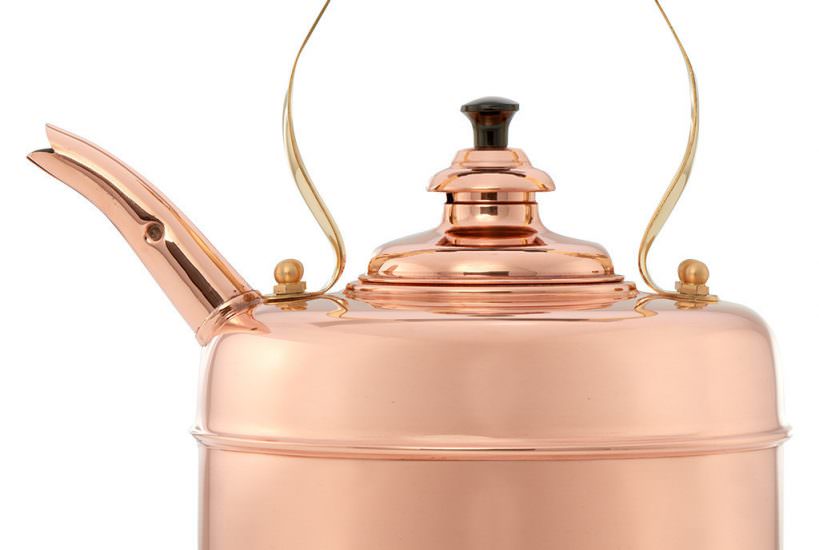The word ‘photo’ means ‘light’, so it’s not surprising that the single most important factor in commercial photography is, of course, light. Light is the foundation of photography – of this, we’re certain. However, something that people aren’t so sure about is which type of lighting is best: natural or artificial? There are many arguments for and against each type, with this topic often forming a hotly contested debate amongst photographers.
Join us as we compare natural and artificial lighting. We’ll consider how to make best use of each type in your quest for amazing commercial photography.
Natural light

Natural light is produced by the sun or the moon. Perhaps the biggest benefit of natural lighting is that it costs nothing to make use of. Whilst you can invest in gadgets to help maximise results, it is easy to get stunning photos using natural light, without spending any money. If you do decide to enhance naturally-lit shots with reflectors and diffusers, this generally doesn’t come with a high price tag. Natural light is also perfect for beginner photographers to experiment with. It helps provide an understanding of how light works before taking on the complexities of artificial lighting.
Of course, the biggest challenge with natural light is its rather unpredictable nature. It varies depending on the time of day, the weather, the season and the location you’re shooting in. Light quality can change in an instant, which will affect the softness, intensity and colour of your photos.
Artificial light

Artificial light, on the other hand, is anything that excludes natural light. It is produced by electric light fixtures to deliver the required aesthetic effect in a photography studio or on location. Artificial lighting includes hot lights, which are warm in colour temperature, and strobe lights, which burst out a large amount of light in a fraction of a second.
Artificial lighting is more easily controlled than natural light, negating the unpredictability that comes with the Great British weather conditions. This is particularly useful if you’re shooting multiple products over several hours and have tight deadlines to meet. Artificial lighting is also much more convenient. It’s available at any time of the day or night, meaning you can be a lot more flexible with the scheduling of photoshoots. The versatility of artificial lighting is a huge draw for many photographers, with a vast array of creative results available.
One of the common shortcomings of artificial lighting is the cost involved. Professional artificial lighting equipment and accessories often come with a high price tag, which can be off-putting for some photographers. Setting up artificial lights also requires more time, space and experience.
Which is better for commercial photography?
There’s no straightforward answer to this – it all depends on a number of factors. When choosing which type of lighting to use in a commercial photography shoot, you need to consider what will work best for the style and story of the brand you’re shooting and the subject of your photographs. It’s also worth thinking about current photography trends and what type of lighting will produce the most ‘en vogue’ images. For some commercial photoshoots, natural light is better than artificial light, and vice versa. The key to taking the best possible photos is being able to determine which type of light is more appropriate for the specific shoot you’re working on.
Nkuku – leading with naturally-lit images

We’ve recently been working with local home and lifestyle brand, Nkuku, on a number of commercial photography projects. These projects are a perfect example of how natural and artificial lighting each have their place on a commercial website.
Nkuku lead with daylight images to reflect their passion for natural, authentic products. Their choice to go with naturally-lit primary images on their site reflects what they stand for as a brand, helping to tell their story to potential customers. It also represents a general photography trend towards ‘the natural look’, where the emphasis is on objects as they are intended to be used.
The secondary images on Nkuku’s website, as well as the photographs in their catalogue, were produced using artificial lighting. These flash-lit ecommerce images are used purely as a means of describing the product in the clearest, most detailed way possible.
Simplex Kettles – leading with artificially-lit images

For another of our clients, Simplex Kettles, it made better commercial sense to lead with artificially-lit ecommerce photos. They wanted to focus on the detail of their products and draw consumers’ attention to the unique features of each kettle. The crisp contrast between the products and the bright white background achieves exactly this. This also represents a trend towards clean-cut, minimalist photographs.
And so, when it comes to choosing between natural and artificial light in commercial photography, there’s no set answer. What type of lighting you use will ultimately come down to the client brief, the end goal, your budget and your personal preference as a photographer. Let us know which type of light you prefer working with. Do you prefer the softer results of using natural light, or is the convenience of artificial lighting more appealing to you?
To find out more about the commercial photography services we offer, and to see some more examples of our recent projects, check out our website.

